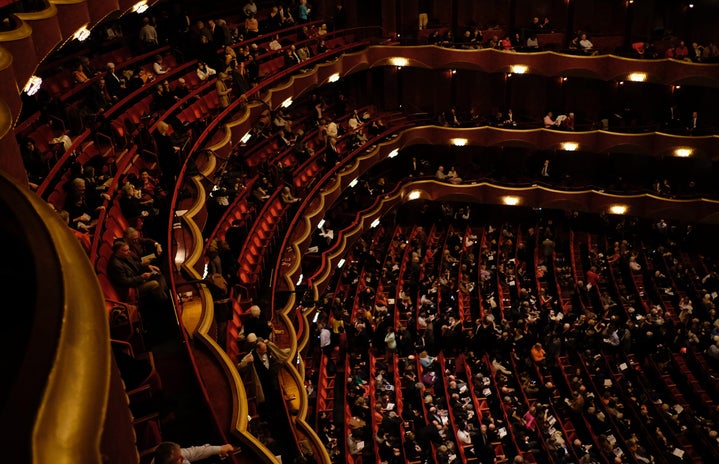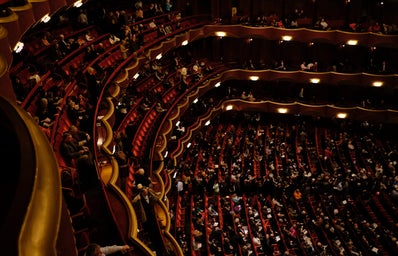Conversatorios con los Artistas, or “Conversations With Artists,” is a program created by the Museum of Art in Colegio, also known as MuSA, to breach the gap between works of art and the spectator. They achieve this by creating an experience in which the works are introduced by the artists themselves, allowing us, as an audience, to understand the meanings and intentions behind the image. This is important, especially in contemporary art, where the narrative tends to be subtle or, in some cases, absent, requiring a certain amount of explanation to understand the artist’s meaning.
On Thursday, September 29th, MuSA gave us the opportunity to converse with the artist and UPRM professor, Baruch Vergara.
Baruch Vergara was born in the city of Pueblas, México. He is an artist; expert in the technique of etching. This technique consists of the creation of a type of stencil on metal plates where holes are created on the surface in order to hold ink to be deposited on cotton paper. In a way, the work of art is an ink stamp of the etched metal plate. The artist chooses this medium as the vehicle of his work to demystify the notion that etching is inferior to paint due to its copy-like quality. Vergara pointed out that the results of etching have a very accidental and surprising quality. The final image may turn out to have flaws or errors that, rather than devalue the work, add meaning to the composition, giving the piece an unique and original quality.
As a part of his education, Vergara spent a year studying in Italy where he was first exposed to the originals from classical history. He interestingly pointed out that all artists and art scholars studying in Latin America often gathered their ideas of art through replicas and reproductions, oftentimes never coming into contact with the original works that came from European and Western cultures on the other side of the Atlantic.
At the MuSA, Vergara currently has two works on exhibition. Their titles are Missionary and Gifts, both created in 2002. These works were made as part of an exhibition called Angels or Demons which made its debut in the Museum Erasto Cortés in Puebla, Mexico. The collection of five etchings, originally made for the exhibition, explored the juxtaposition between classical iconic figures of traditional academic art with the realities of the time. The piece Missionary uses the original work of Leonardo Da Vinci, The Annunciation, juxtaposed with images of war. The collection was based around the appropriation of artworks from the Renaissance era, specifically those made in the year 1531, which is also coincidental with the founding of the city of Puebla, Mexico. Vergara is highly influenced by his origins. The title of this exhibition, Angels or Demons, is, in part, due to a myth from his hometown which told the story of how angels inspired the beginning of the city. The title is also an invitation for thought, as it asks us to judge what is good and what is bad.
Earlier in his career, Vergara was the recipient of a state-funded Culture and Arts scholarship for etching. This allowed him to start a project called The Allegory of a Story from 1998 to 1999. In this project, Vergara created 24 artworks in which he reinterpreted the history of occidental art; creating new images in a 1:1 scale to the original. Vergara used works like The Alnorfini Portrait by Jan Van Eyck, The Dinner at Emmaus by Rembrandt, and The Breakfast by Edouard Manet, and created La Tocada Nocturana (1999), La Cuestión de Cristo (1999) and Los Esposados (1999). In these interpretations, Vergara brought works of the past to issues of the present, imitating the composition but altering the themes, colors, and techniques. In this way he creates a juxtaposition between the world of the past and the world of the future.
Vergara also explores the subject of the woman through his artwork. In a more recent collection titled “Madonnas from the 20th Century” he placed classical images of madonanas with images of contemporary women, creating a space where two realities meet through his work. He also worked with Goya’s Dressed Maja and Naked Maja to create an all new concept titled The Maja that Thinks. Through this work he criticizes the objectification of women in the appropriation of Goya’s work.


